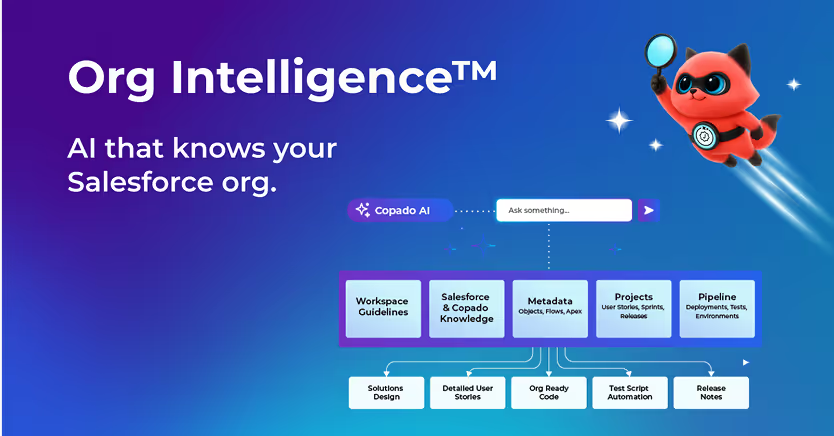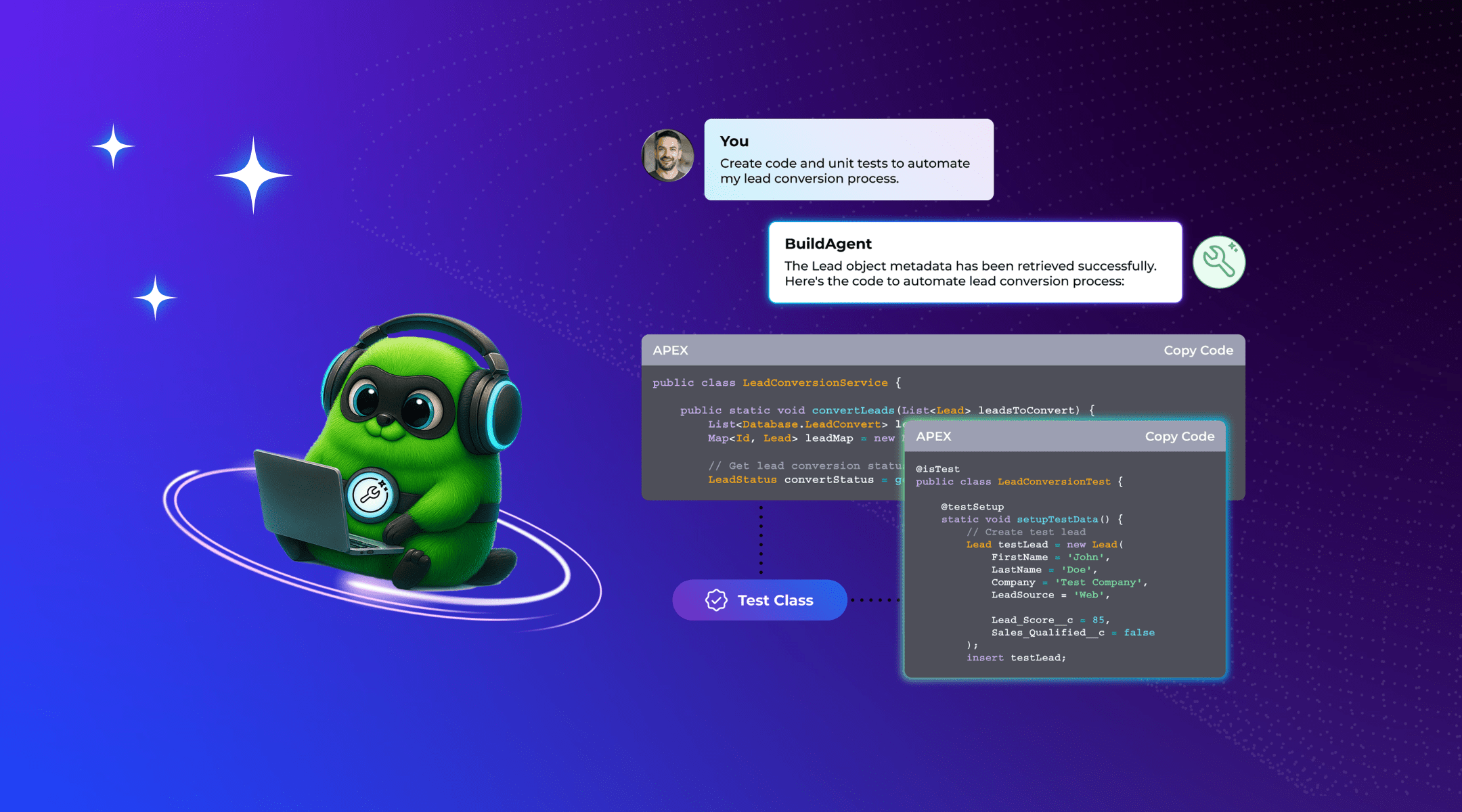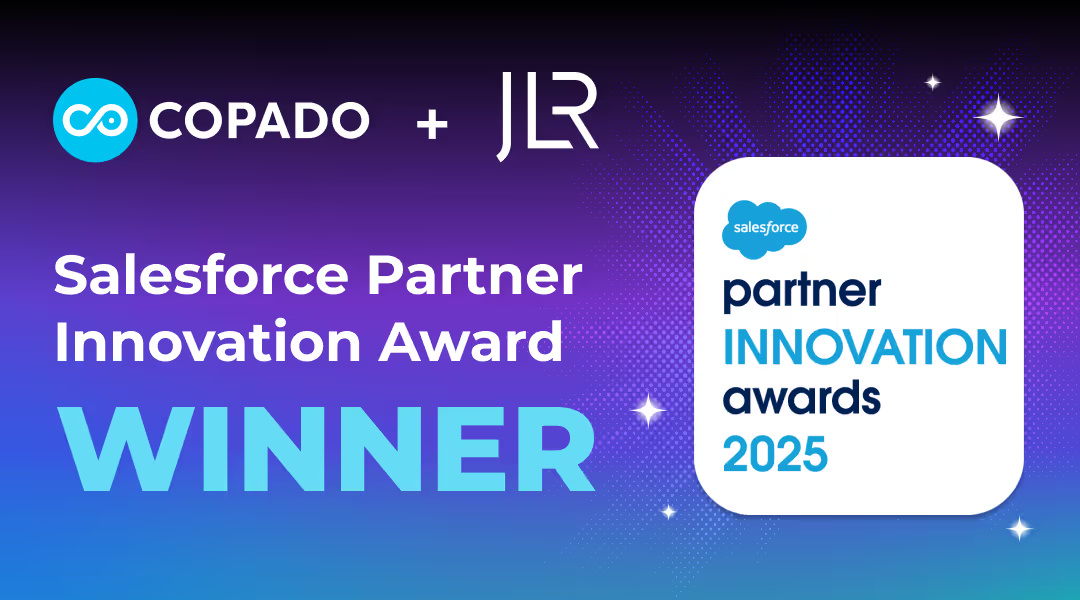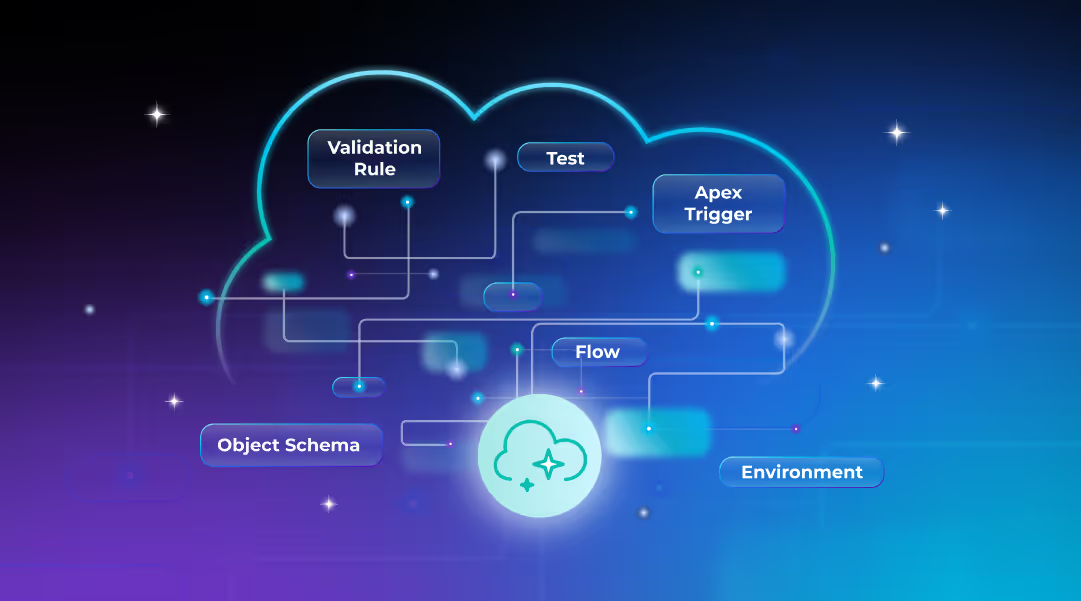Robotic process automation (RPA) is a revolutionary tool because it combines speed with accuracy. It's not just basic automation, where you teach a computer how to do a simple task over and over again. It's so much more. RPA can replicate complex, rule-based processes and intelligent RPA can make decisions with incredibly high accuracy rates. The advantages of robotic process automation change by industry, but they all have one thing in common. They pave the way for better, more efficient businesses.
7 Advantages of Robotic Process Automation
There are dozens of advantages to robotic process automation. That is probably why Gartner expects 90% of large organizations to adopt it in the near future. Here are seven of the top reasons organizations are choosing RPA.
Improved resource allocation: Repeatable, routine tasks take up valuable work hours. This is time staff could spend on higher value, revenue-driving functions. If your engineers are always busy changing test code for software updates, that's a wasted resource. They could be working on innovative ideas that will give you a competitive advantage.
Reduced costs: A lot of companies are wary of RPA because they're concerned it will be an expensive investment. However, in the long run, RPA saves money. Staffing is expensive but is needed for ongoing code maintenance. RPA, implemented early, will cut these long-term costs.
Greater efficiency: Routine tasks may be easy, but they still take time and brainpower. The employees who complete them will have low-productivity days. Robotic solutions don't. Their work stays consistent throughout their useful life. RPA is a productivity booster that takes the burden off of staff.
Security improvements: Errors lead to gaps in security that can become a significant liability. They can lead to data leaks, broken software, and operational failures. RPA can mitigate these issues by implementing the correct checks throughout the software development lifecycle.
Faster rollouts: Just as a single example, consider manual tests. Writing manual tests takes a long time, and they have to be rewritten every time the software changes. That delays your rollouts. Automating tasks like testing can accelerate your release schedules.
Scalability: Volume is never static in business processes. Meanwhile, manual tasks are never scalable. Periods of high demand quickly overwhelm manual testers. Automated testing is an entirely scalable solution that grows with the business.
Flexibility: RPA transcends industries. We've seen it used in everything from agriculture to warehousing. As RPA solutions become more user-friendly, they will play an even bigger role in worldwide business.
Robotic process automation is a game-changing solution for companies today. It makes business processes more secure, cost-effective, and efficient. The world runs on software, and RPA keeps it running seamlessly.
How RPA Builds Better Software Testing
Without testing, you could wind up rolling out buggy, unusable code. On the other hand, manual testing is a big investment, both in time and money. Someone will have to write those test scripts and adapt them as your program changes. That means ongoing maintenance and expertise. But what if there was a way to run those tests while also adapting them as needs change?
That’s where RPA comes in. The automated testing program performs these tests. This strategy eliminates weeks of manual testing that cut into your bottom line. In top-of-the-line systems, AI makes the testing solution self-healing. If you have an update, it will adjust the test script or make suggestions so your test keeps working.
This highlights one of the most significant advantages of robotic process automation: scalability. Modern software is dynamic; updates happen frequently. Changing the test every time isn't feasible. RPA makes it possible to keep up with high-speed releases while supporting continuous testing.












.svg)
.svg)

.png)

.svg)








.avif)













%20Data%20to%20Me_BLOG_1080x600.avif)






.avif)

































.avif)







.avif)



.avif)

























%20(1).png)
.png)
.png)

.avif)


.svg)
